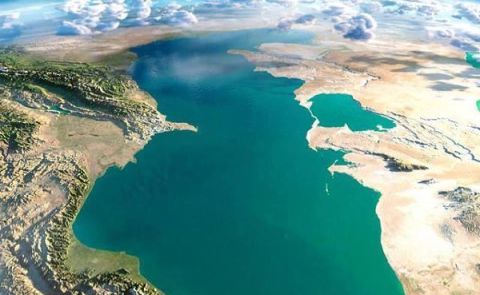
UNCTAD and Barclays report on Armenia’s investment climate
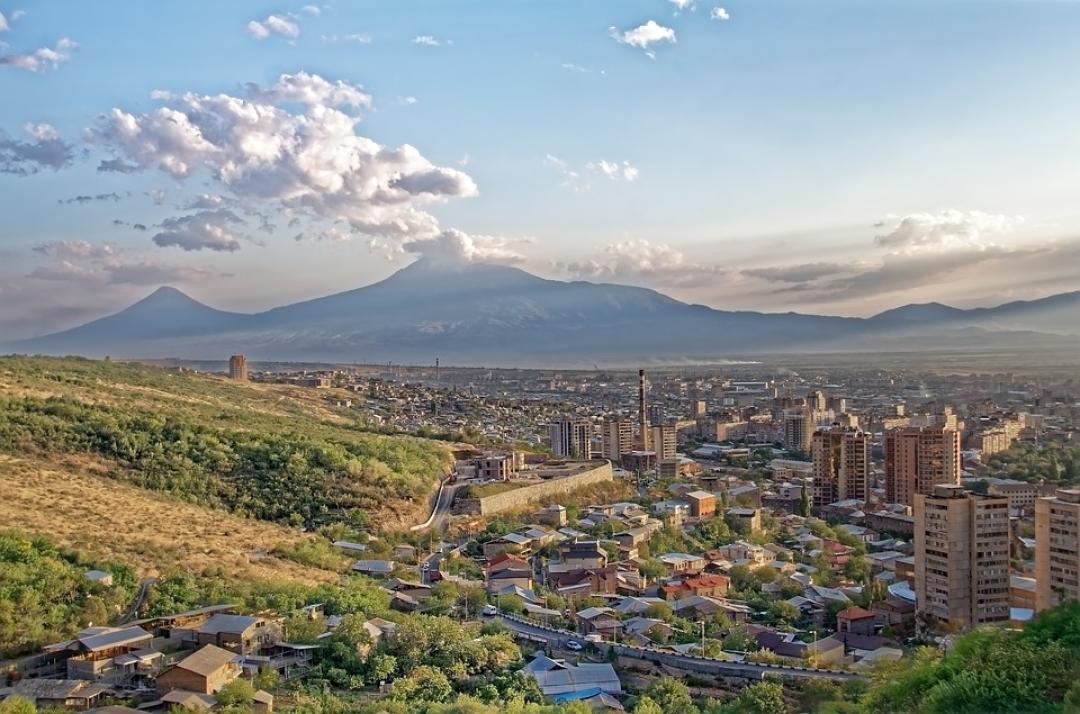
On 12 November, the United Nations Conference on Trade and Development (UNCTAD) published their Investment Policy Review (IPR) of Armenia. The review highlighted Armenia’s potential across a range of industries, including the booming high-tech industry, tourism, textile and garments, wine, agri-business and pharmaceuticals. UNCTAD experts stated that “Armenia is no exception to the global foreign direct investment (FDI) trend” and that “investment flows are struggling to recover from the heights reached before the financial crisis” with “a wait-and-see attitude” prevailing among the investors, who have reacted with caution to the recent political transition.
The report read that:
”Achieving the government’s vision of fighting poverty and unemployment through a structural transformation of the economy will require investment policy reforms and a more significant investment promotion effort. Beyond measures to tap the export potential through investment, the IPR includes the broader policy objective of promoting inclusive growth and sustainable development. It underlines specific measures for spreading benefits to the country’s regions, creating employment and linkages with local suppliers, including by moving to full package manufacture in the textiles and garments industry, and extending benefits of tourism to areas outside the capital Yerevan. The IPR also shows ways to deepen the high-technology sector and make Armenia a leading hub for innovation, data science and artificial intelligence. It outlines how to extend research and development capability in the pharmaceutical industry to transform a small generics industry into larger-scale manufacturing.”
“Investment in the target industries can come from a mix of sources, including domestic, foreign direct investments and joint ventures, and the diaspora, Armenia’s key competitive advantage, will continue to play a key role. For each target industry, a tailored investment promotion strategy needs to envision sector-specific policy packages, including but not limited to tax policy measures and specific actions to improve the overall investment climate,” the review concluded.
A day later, the British multinational investment bank Barclays also published their report on Armenia’s investment environment, as reported by Arka news agency. According to the report, “Armenia’s government is moving decisively towards much-needed structural measures, and although it remains to be seen if the political will is there to ultimately transform Armenia’s economy, but some improvements are already noticeable.” according to Barclays’ research.
The bank's analysts said that the most notable change was “the implementation of the fiscal rule which has helped to lower the budget deficit and government debt levels”. “Moreover, the Stand-By Agreement (Caucasus Watch reported) with the IMF, finalized in May, provides an important anchor for reform and a backstop for Armenia’s remaining external vulnerabilities.”
In terms of combating trade deficits, the report stated that:
“The Armenian economy has held up well, supported by strong consumer spending growth. GDP expanded by 6.9% y/y over the first half of 2019, up from average growth of 5.2% in 2018. There are also some early signs that export growth is recovering after a weak 2018. Although the trade deficit has narrowed a little, a deterioration in other accounts has caused the current account deficit to widen further. The shortfall reached around 9.5% of GDP by Q2 2019. This leaves Armenia vulnerable in the event of an external shock. In addition, Armenia has agreed a new Country Partnership Framework with the World Bank, which could unlock a further $300-400mn of funding until 2023.”
Speaking on the Armenian government’s reform programme and its impact on investments, the report stated that:
“The new government adopted an ambitious reform program at the start of this year, which certainly looks as though it could boost potential GDP growth substantially if followed through. But it is worth pointing out that the program is rather vague on the details of the precise measures, and the progress so far has been slow. In terms of implementation, there have been some complications. For example, Prime Minister Pashinyan has been slow in ratifying the Istanbul Convention or resolving the conflict at the Amulsar gold mine. And it seems that this is at least in part due to the government’s reluctance to adopt unpopular decisions (the conservative part of Armenia’s society opposes the Istanbul Convention, while works at the Amulsar mine have stopped due to environmental protests). As regards the Amulsar issue, although the Prime Minister has spoken in the Lydian’s (the owner of Amulsar) defense, nothing has been done to stop the protests, meaning that the site remains closed. This is a key case which could have important implications for foreign companies’ willingness to invest in Armenia’s projects in the future and, thus, PM Pashinyan’s hesitation may not be sending the right signal.”
“In terms of the key areas of the government’s program, it focuses on a transformation of both the economic and the political system in Armenia: strengthening of the country’s institutions and the rule of law, as well as improving the business environment and boosting economic growth. Among the few specific targets for the period between 2019 and 2023, the government aims to increase the share of investment in GDP to 23-25%, from around 20% now, and to increase the share of exports in GDP to 43-45% from 37% currently. But there are few details on how this will be achieved, and virtually no quantifiable targets in other parts of the program. At the same time, while the reduction in the budget deficit last year is encouraging, it was driven disproportionately by a drop in capital spending, which is contrary to what the government should do if it wants to boost investment. Anecdotal evidence suggests that one obstacle to executing budgetary capital spending is the past association of such expenditure with corruption, and the resulting reluctance of the new government to push ahead with the planned projects. Admittedly, the draft 2020 budget is more promising in this sense, as expenditure on infrastructure and other capital spending are set to rise, while defense spending is set to fall. But the track record of implementation of public projects has so far been poor.”
“Armenia’s shrinking population means that investment and improvements in productivity will need to drive growth in the future. But both of these require decisive action from the government. In order to track the government’s progress, there are a number of factors worth watching closely: the resolution of the conflict at Amulsar, the implementation of the 2020 budget (whether the investment part is implemented more successfully than in 2019) and progress on the anti-corruption legislation as required by the IMF,” stated the report as the biggest challenges for the Armenian government in boosting the investments in the country.
The report concluded that “If Armenia receives its second upgrade to the BB- bucket by Fitch later in November, the country’s rating would then be higher than Uzbekistan’s (which has a split B1/BB-/BB- rating) and that such a potential rating upgrade could be a positive catalyst for Armenia spreads as, over time, markets would likely re-adjust relative valuations in the CIS region.”
See Also

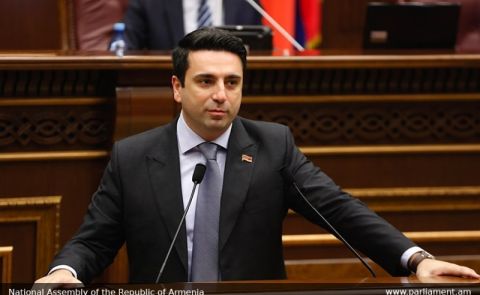
Simonyan: “Armenia Should Trade with Turkey and Azerbaijan Instead of Closing Borders”
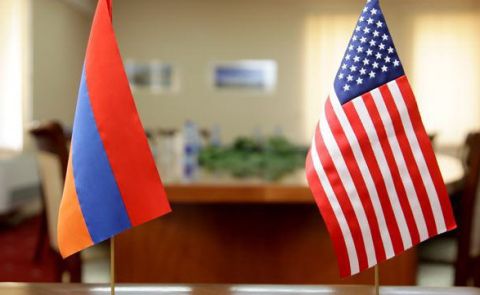
Mirzoyan Meets US Deputy Assistant Secretary Joshua Huck
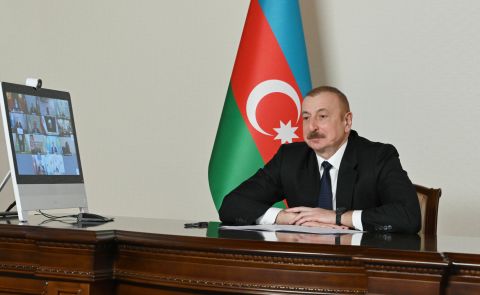
Azerbaijani President Holds Talks with UAE and German Business Delegations on Economic Cooperation
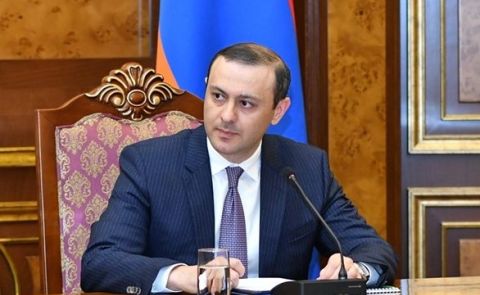
Grigoryan Confirms Armenia’s Readiness to Dissolve OSCE Minsk Group Upon Peace Treaty Signing
